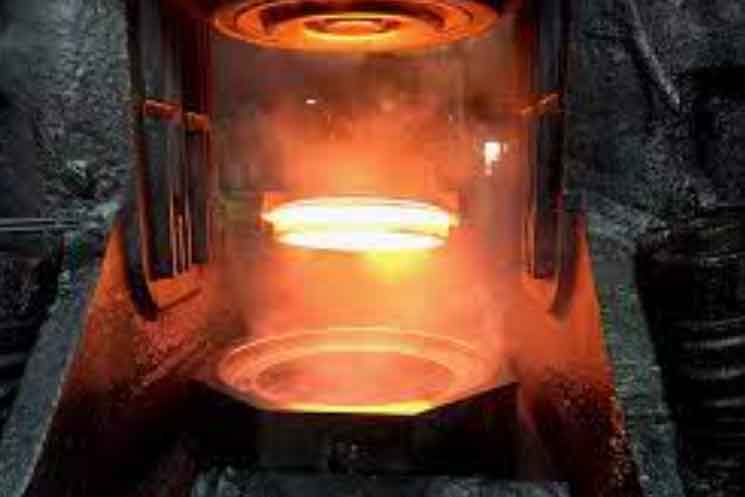
Gear forging technology has witnessed significant advancements in recent years, driving innovation and expanding the capabilities of gear manufacturing. These advancements have led to improved efficiency, enhanced product quality, and expanded design possibilities. Here are some notable advancements in gear forging technology:
Computer-Aided Design and Simulation:
Computer-aided design (CAD) and simulation tools have revolutionized the gear forging process. Advanced CAD software enables precise gear design, optimizing tooth profiles, dimensions, and performance characteristics. Simulation tools, such as finite element analysis (FEA), help engineers predict and analyze the behavior of forged gears under different loading conditions. This allows for design optimization, reduced prototyping costs, and improved gear performance.
Process Modeling and Optimization:
With the aid of advanced software and computer modeling techniques, the forging process itself has undergone significant improvements. Process modeling tools simulate the forging process, predicting material flow, temperature distribution, and forging loads. This enables engineers to optimize the forging process parameters, such as temperature, deformation, and die design, to achieve desired gear properties and minimize material waste.
Advanced Die Materials and Coatings:
The use of advanced die materials and coatings has enhanced the durability and performance of gear forging dies. High-speed tool steels, carbide inserts, and ceramic coatings offer improved wear resistance, reducing the need for frequent die replacements. This results in increased die life, reduced downtime, and enhanced productivity.
Automated and Robotic Forging Systems:
Automation and robotics have been integrated into gear forging processes, enhancing precision, repeatability, and productivity. Automated systems control the heating, forging, and cooling stages, ensuring consistent process parameters and reducing human error. Robotic systems handle the manipulation of workpieces, improving efficiency and reducing manual labor requirements.
Closed-Die Precision Forging:
Closed-die precision forging techniques have been refined to achieve greater dimensional accuracy and surface finish in gear manufacturing. By using closed dies with intricate shapes, near-net shape gears can be produced, minimizing the need for extensive machining. This results in reduced material waste, shorter production cycles, and improved cost efficiency.
Material Development:
Advancements in material science have contributed to the development of new alloys and heat treatment processes, expanding the range of materials suitable for gear forgings. High-strength steels, advanced alloys, and surface treatments enhance the mechanical properties, wear resistance, and corrosion resistance of forged gears. These material innovations offer opportunities for gear manufacturers to optimize gear performance for specific applications.
In-line Quality Control:
Real-time monitoring and quality control systems have been integrated into the gear forging process. Sensors, cameras, and data analytics enable the continuous monitoring of key process parameters, such as temperature, forging forces, and dimensional accuracy. This allows for immediate identification and correction of any deviations or defects, ensuring consistent product quality and reducing the risk of non-conformities.
Additive Manufacturing (AM) in Gear Prototyping:
While not a traditional forging technique, additive manufacturing (3D printing) has found applications in gear prototyping. AM allows for the production of complex gear geometries, enabling rapid design iterations and the testing of unconventional gear profiles. This facilitates the exploration of new gear designs and the optimization of performance characteristics before transitioning to mass production through traditional forging methods.
These advancements in gear forging technology have transformed the industry, enabling more precise, efficient, and innovative gear manufacturing processes. By leveraging these advancements, gear manufacturers can achieve higher quality products, shorter lead times, improved performance, and enhanced customer satisfaction.
